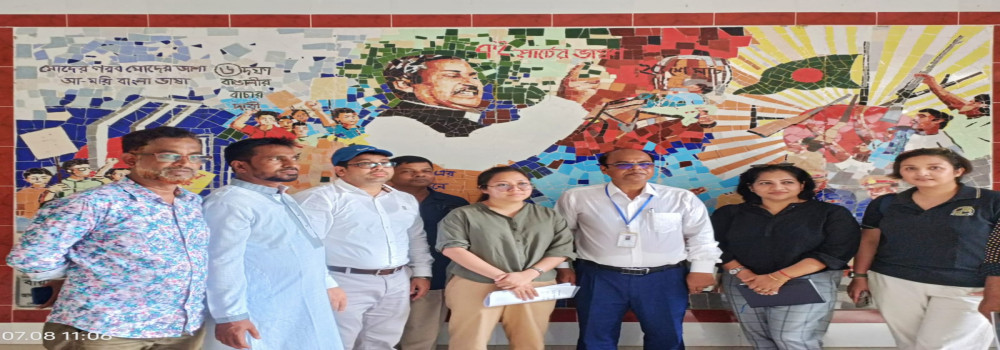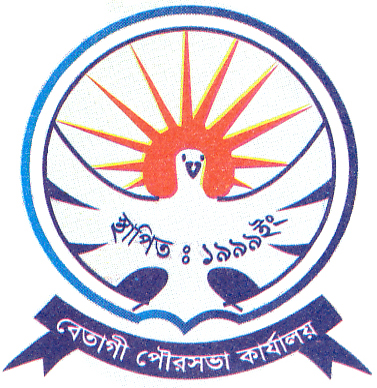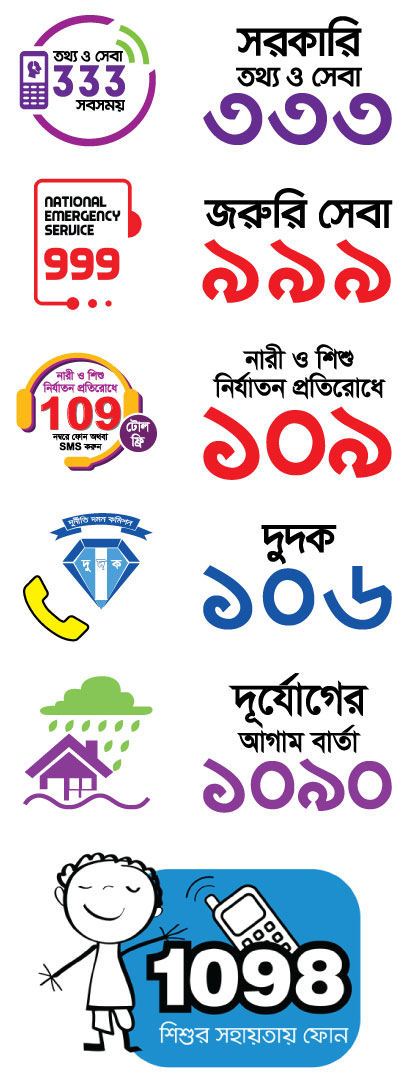সচরাচর জিজ্ঞাস্য
Beginning of this new millennium ICT recognized as efficient instrument to promote good governance. LGED recognized that issue and became the good practitioner of ICT among the governmental organizations of Bangladesh. LGED is largely presence at grass root level and entrusted to develop infrastructures for local government to promote good governance. LGED is the key actor of bridging the last mile gap through the development works for strengthening the local governance in Bangladesh.
Basically ICT enabled services started in LGED at 1990’s. Among the government departments LGED first hosted website on August 27, 1997. From the very first beginning of LGED’s journey, GIS/MIS becoming the key ICT instrument to facilitate planning, designing and implementation of development project being undertaken by LGED. To date LGED’s ICT driven service delivery for strengthening local government can be entitled as e-governance system with in local government. Through donor supported programme LGED’s institutionalized good governance down to last tire of local government by providing computers at Union Parisad Complexes.
Implementation of e-governance in LGED, represented the performance and results-driven organizational culture. LGED has a well established culture of being performance-driven and this presents a major prerequisite for any change management and reform initiative. Because of the existence of numerous projects funded by different development partners, there is a culture of reporting on project progress and performance being evaluated against predefined work plans and a set of inputs and outputs. This provides an excellent environment for deployment of ICT systems to strengthen results based management.
Institutionalization of computerized systems and use of ICT. LGED has been an early adopter of new technologies and ideas and has broad appreciation among staff for the role and benefits of ICT. This provides the right foundation for bringing in new ICT-based systems which can provide a radically different and better way of working and improving organizational effectiveness.
Strong Commitment by top and middle management. There is a strong support for ICT-enabled administration from the top management and demonstrated willingness to change. Thanks to self perception of the organization as being a leader, innovator and ‘island of excellence’, LGED’s management at all levels is open to introducing new ideas and technologies. Basic building blocks already exist. The key components required for an entity-wide Decision Support System are already in place. These include:
IT Infrastructure: basic computer hardware, networking and standard software exists both at the HQ as well as at field offices;
Trained Staff: internal mechanisms in place (such as the annual training calendar), LGED staff at all levels have received at least a basic computer orientation training, and many staff use computers as a routine part of their job;
Core group of project IT professionals: development-partner-funded projects executed by LGED, there is a core group, albeit a small one, which has worked on developing and implementing ICT systems in these projects;
Simple MIS systems based upon project reporting needs: the project requirement of at least simple progress reporting on the usage of project funds and performance against agreed timelines, has promoted development of simple MIS systems;
Availability of spatial and non spatial databases: over the years LGED has accumulated a veritable repository of data and information on agriculture, fisheries, environment, land management, transportation, livelihoods, primary education and health care, etc. When organized and linked up properly, these databases can provide a rich source of baseline information on several areas of development.
Availability of computerized MIS packages. Over the last decade LGED has developed several MIS packages which are being used for meeting the requirements of different projects and functions which is excellent starting point for a fully integrated, enterprise-wide solution required to meet the ever evolving and growing MIS needs of LGED.
To address this issue, it is recommended as a high priority that LGED develops its own long term ICT and MIS blueprint incorporating all the different functional needs of different departments and projects, so as to facilitate holistic planning for using ICT as a decision support tool. This blueprint would assess the existing systems such as Uniform Financial Management System (UFMS), and make recommendations on next steps. In December 2007, an IT and MIS Needs Assessment study of LGED was carried out with ADB support. The report suggested developing a web-based MIS system for meeting the monitoring and evaluation (M&E) needs of LGED by defining a set of key performance indicators. However the report neither provided the overall e-governance / ICT vision, nor provided a long-term strategy to convert this vision into a reality. The report provided details of the hardware required for the suggested system along with qualifications for the posts of ICT and MIS Division but only from the limited project M&E point of view.
The likely outcome of the ICT and MIS blueprint would be development / procurement of an integrated, comprehensive, enterprise wide, workflow based, decision support system (IDSS), which is both modular and scalable and based on web technologies. The IDSS would be expected to cover the following:
On-line Progress Monitoring System(PMS)
Online data sharing with field level by deploying File Transfer Protocol(FTP) service
Transactions Processing System capturing all day to day transactions (financial) and data (non-financial) at the lowest level;
Executive Support System - covering:
Spatial Interface: Geographical Information System (GIS)
Non Spatial Interface: Management Information System (MIS)
Monitoring and Evaluation System (M&E) covering the key performance indicators for input, outputs and outcome monitoring. RHD’s Central Monitoring System (CMS) might be adapted to deliver some of these functions, after customization for LGED’s needs. The IDSS might also include:
Financial Management;
Standard Schedule of Rates (SSR) which generates the Bill of Quantities (BOQ);
Human Resource Database;
E-Procurement;
Centralized Contractors Database (covering all contractors who have executed or are executing any project for LGED) to facilitate contractors’ performance evaluation, comparison and monitoring.
The central system should be based on “off-the shelf” technology and should enable management to evaluate the performance of like contracts, prepare value-for-money audits, and compare the general performance of LGED against projects implemented by other agencies doing similar work.









